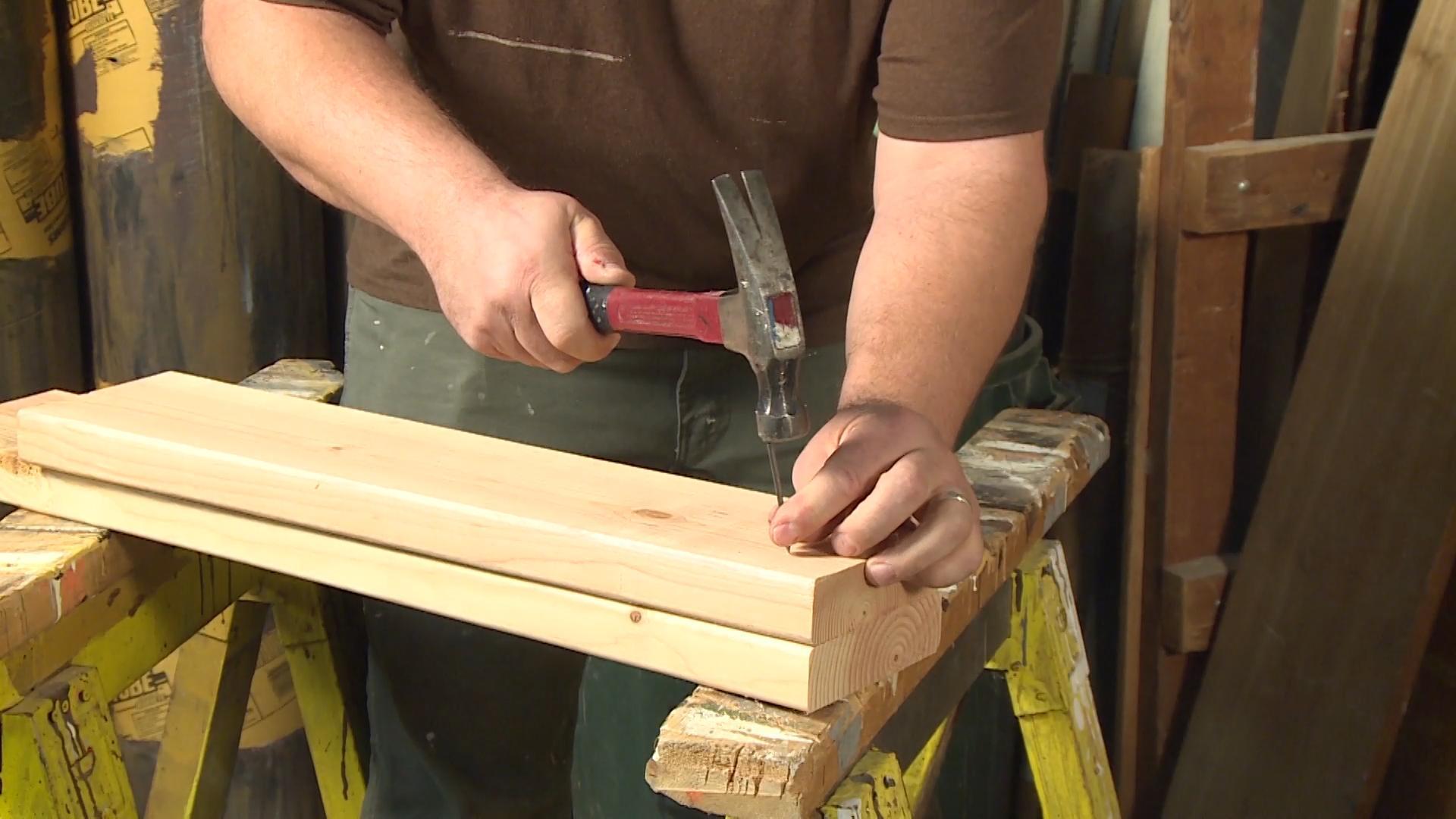Hand, wrist, and finger injuries are common in construction environments, where workers often use their hands to perform tasks such as lifting, carrying, and using tools. It’s important for businesses in construction environments to prioritize hand, wrist, and finger safety to prevent accidents and injuries.
Here are ten important tips for hand, wrist, and finger safety in construction environments:
- Provide appropriate training. Make sure that workers receive appropriate training on hand, wrist, and finger safety, including how to properly use tools and equipment to avoid injuries.
- Provide personal protective equipment. Personal protective equipment, such as gloves and wrist guards, can help protect workers from hand, wrist, and finger injuries, so make sure to provide the appropriate gear for each task.
- Implement ergonomic practices. Ergonomic practices, such as using ergonomic tools and equipment, can help reduce the risk of hand, wrist, and finger injuries, so consider implementing these practices in the workplace.
- Encourage regular breaks. Regular breaks can help reduce the risk of hand, wrist, and finger injuries, so encourage workers to take regular breaks to rest and stretch their hands and wrists.
- Encourage proper lifting techniques. Proper lifting techniques, such as using the legs and keeping the back straight, can help prevent hand, wrist, and finger injuries, so make sure that workers are trained on these techniques.
- Maintain tools and equipment. Proper maintenance and upkeep of tools and equipment can help prevent accidents and injuries, so make sure to regularly inspect and maintain these items.
- Implement a reporting system. Implement a system for workers to report hand, wrist, and finger injuries and incidents, so that appropriate action can be taken to prevent future incidents.
- Conduct regular safety inspections. Regular safety inspections can help identify potential hazards and risks, so consider conducting regular inspections of the workplace to identify and address potential hand, wrist, and finger hazards.
- Provide adequate lighting. Adequate lighting can help prevent accidents and injuries, so make sure that the workplace is well-lit to improve visibility and safety.
- Regularly review and update safety policies and procedures. Review and update safety policies and procedures on a regular basis to ensure that they remain effective and relevant.
By following these tips and implementing appropriate safety measures, businesses in construction environments can help prevent hand, wrist, and finger injuries and create a safer work environment for their employees.
Do you need Online Construction Safety Training?
Try a free demonstration of Hand, Wrist, and Finger Injuries In Construction Environments:










